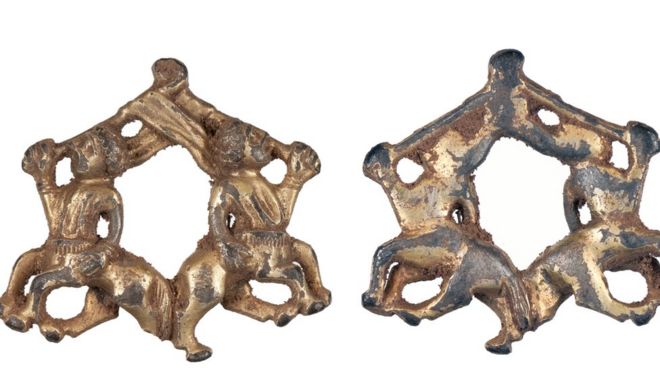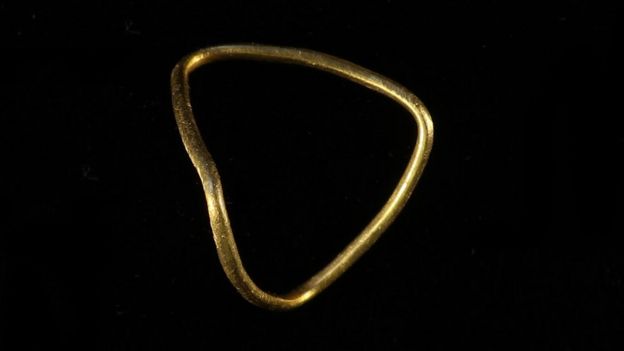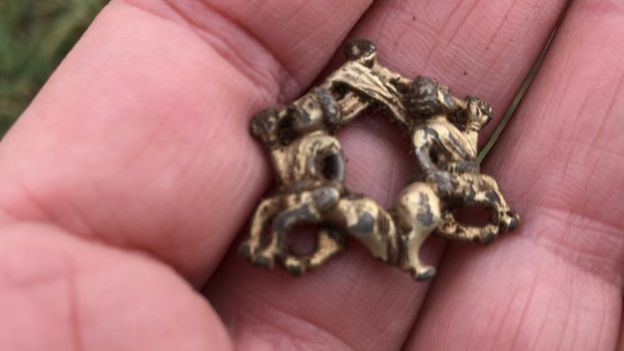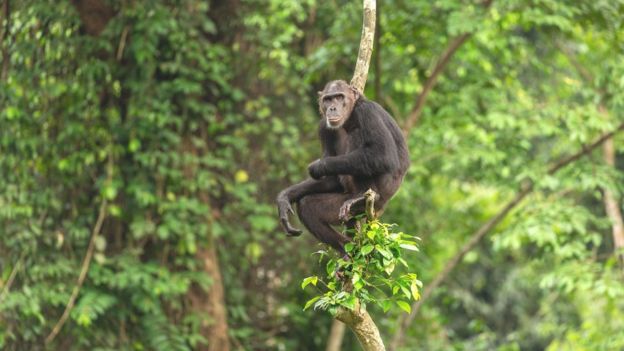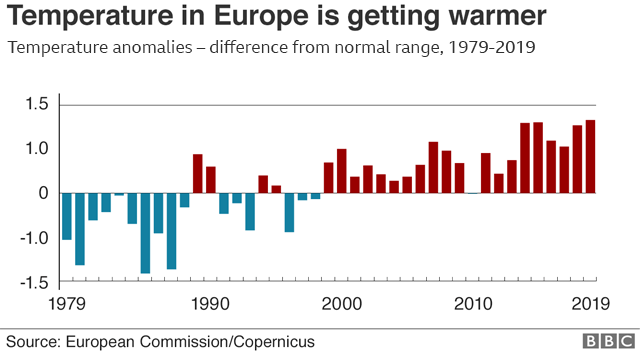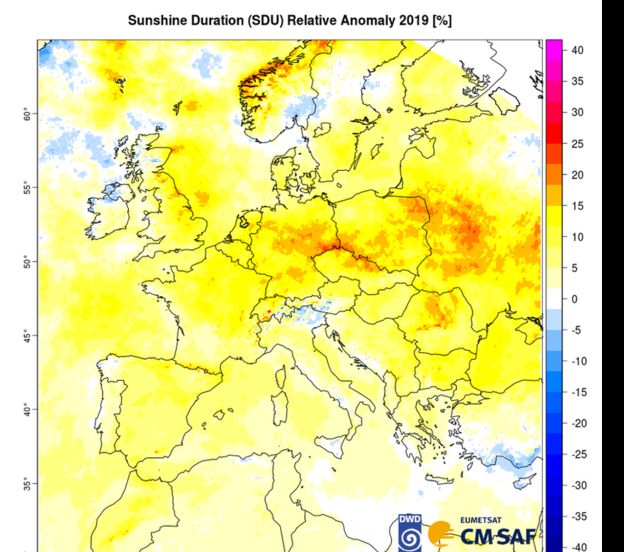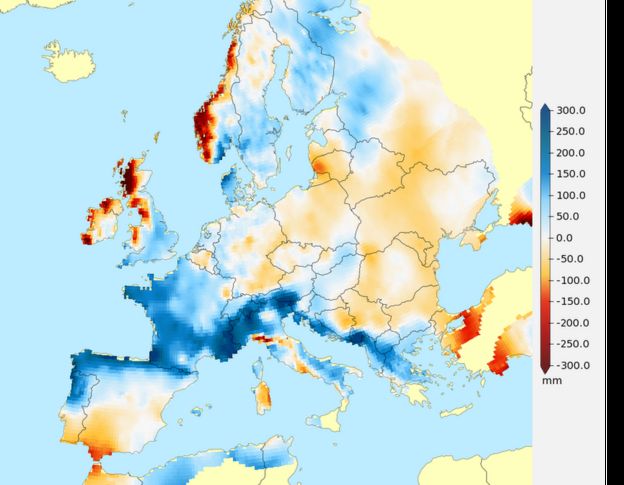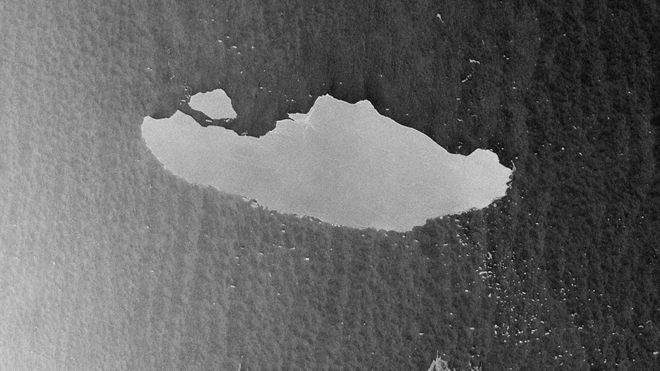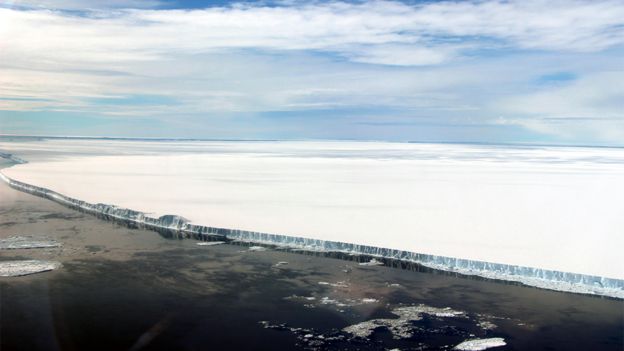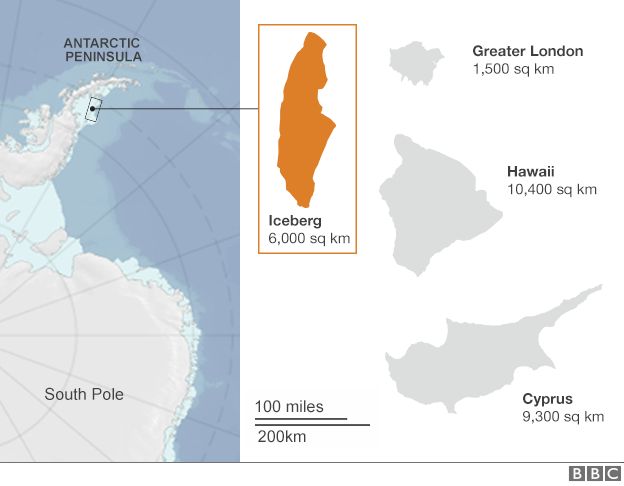Pale Rider: The Spanish Flu of 1918 and How it Changed the World
![Pale Rider: The Spanish Flu of 1918 and How it Changed the World by [Laura Spinney]](https://m.media-amazon.com/images/I/519h4vTGQDL.jpg)
'Both a saga of tragedies and a detective story... Pale Rider is not just an excavation but a reimagining of the past' Guardian
With a death toll of between 50 and 100 million people and a global reach, the Spanish flu of 1918–1920 was the greatest human disaster, not only of the twentieth century, but possibly in all of recorded history. And yet, in our popular conception it exists largely as a footnote to World War I.
In Pale Rider, Laura Spinney recounts the story of an overlooked pandemic, tracing it from Alaska to Brazil, from Persia to Spain, and from South Africa to Odessa. She shows how the pandemic was shaped by the interaction of a virus and the humans it encountered; and how this devastating natural experiment put both the ingenuity and the vulnerability of humans to the test.
Laura Spinney demonstrates that the Spanish flu was as significant – if not more so – as two world wars in shaping the modern world; in disrupting, and often permanently altering, global politics, race relations, family structures, and thinking across medicine, religion and the arts.
Product description
Review
''With superb investigative skill and a delightfully light-hearted writing style, Spinney extends her analysis far beyond the relatively short duration of the plague... I've seldom had so much fun reading about people dying.'' * The Times *
''Weaves together global history and medical science to great effect ... Riveting.'' * Sunday Times *
''Both a saga of tragedies and a detective story... Pale Rider is not just an excavation but a reimagining of the past.'' * Guardian *
''Vividly recreated, grimly fascinating... Coolly, crisply and with a consistently sharp eye for the telling anecdote, Spinney ... demonstrates how the Spanish flu cast a long shadow over the 20th century.'' * Daily Mail *
''Impressive... packed with fascinating, quirky detail... As the centenary of this monumental event approaches, other volumes on the pandemic will undoubtedly appear. Pale Rider sets the bar very high.'' * Nature *
Pale Rider offers an important if unsettling reminder that stories about epidemics cannot be safely relegated to the past.'' -- Patricia Fara * BBC History Magazine *
''Spinney, an admired science journalist, conjures the drama of the Spanish flu... Pale Rider is not just an excavation but a reimagining of the past... The renowned virologist John Oxford concurs: ''H1N1 has a proven capacity to kill,'' he says, ''and we don't need to be sitting here taking it like they did in 1918.'' Spinney has ably lent her pen to the cause.'' * Guardian *
''Weaves together global history and medical science to great effect ... Riveting.'' * Sunday Times *
''Both a saga of tragedies and a detective story... Pale Rider is not just an excavation but a reimagining of the past.'' * Guardian *
''Vividly recreated, grimly fascinating... Coolly, crisply and with a consistently sharp eye for the telling anecdote, Spinney ... demonstrates how the Spanish flu cast a long shadow over the 20th century.'' * Daily Mail *
''Impressive... packed with fascinating, quirky detail... As the centenary of this monumental event approaches, other volumes on the pandemic will undoubtedly appear. Pale Rider sets the bar very high.'' * Nature *
Pale Rider offers an important if unsettling reminder that stories about epidemics cannot be safely relegated to the past.'' -- Patricia Fara * BBC History Magazine *
''Spinney, an admired science journalist, conjures the drama of the Spanish flu... Pale Rider is not just an excavation but a reimagining of the past... The renowned virologist John Oxford concurs: ''H1N1 has a proven capacity to kill,'' he says, ''and we don't need to be sitting here taking it like they did in 1918.'' Spinney has ably lent her pen to the cause.'' * Guardian *
About the Author
Laura Spinney is a science journalist and a literary novelist. She has published two novels in English, and her writing on science has appeared in National Geographic, Nature, The Economist, and The Telegraph, among others. Her oral history portrait of a European city, Rue Centrale, was published in 2013 in French and English.
I LINK TO KINDLE SO YOU CAN DOWNLOAD A FREE CHAPTER TO READ



